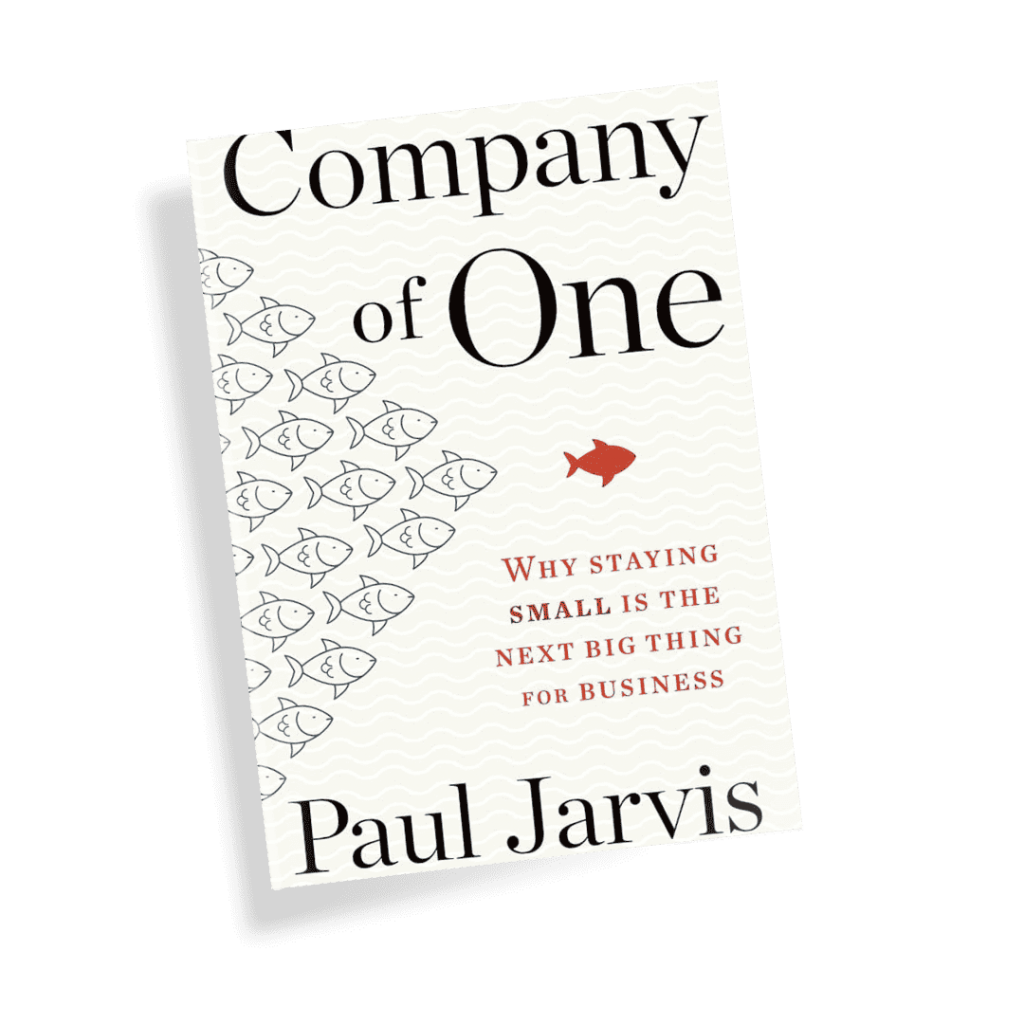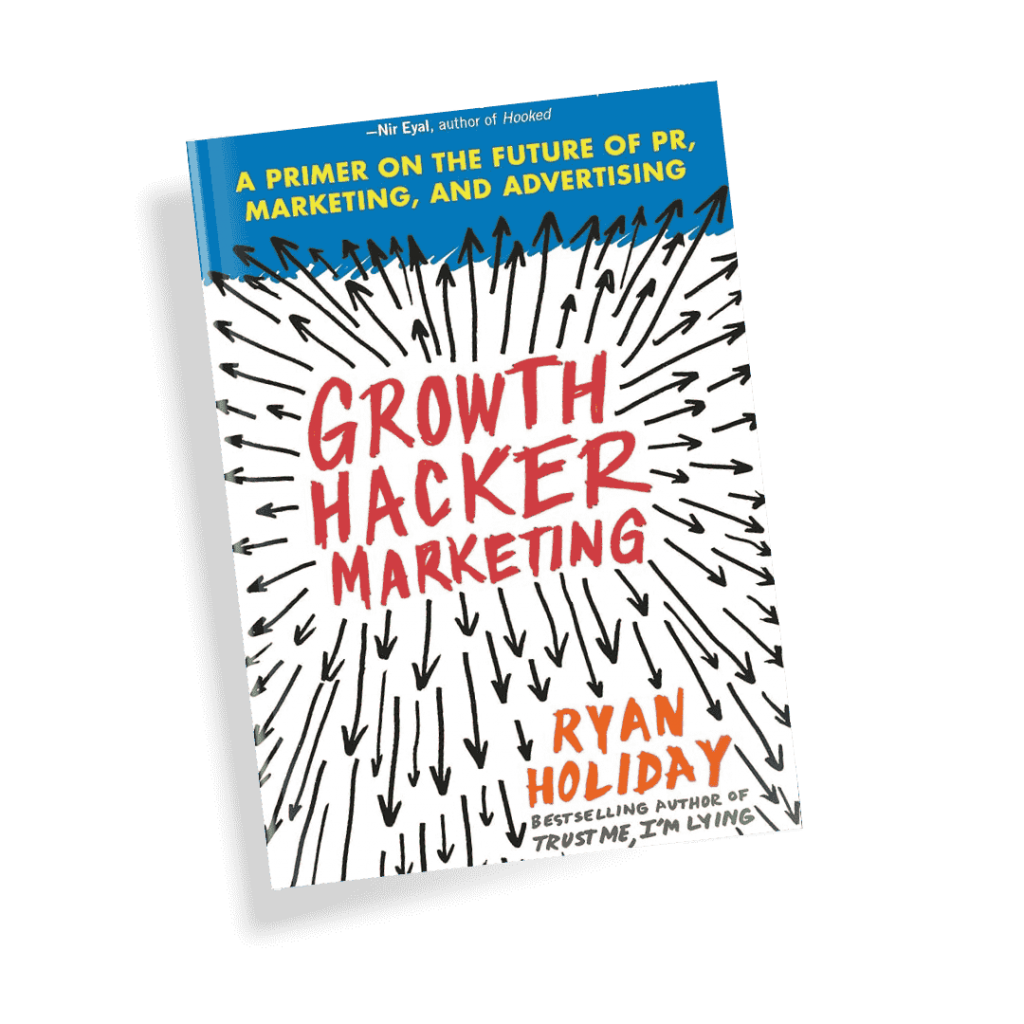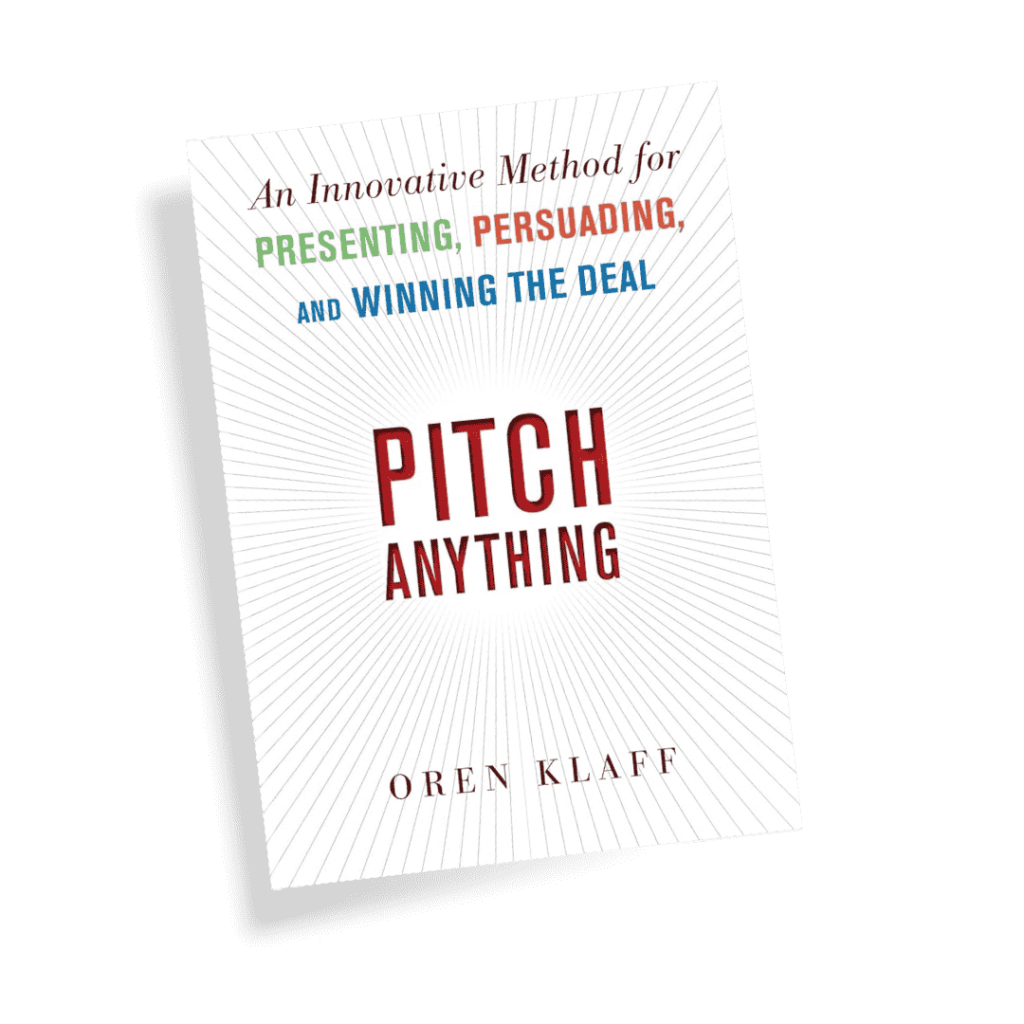The Innovator’s Dilemma by Clayton M. Christensen
November 19, 2024 2024-11-13 12:10The Innovator’s Dilemma by Clayton M. Christensen
Mastering Market Disruption
Key Lessons from The Innovator’s Dilemma by Clayton M. Christensen
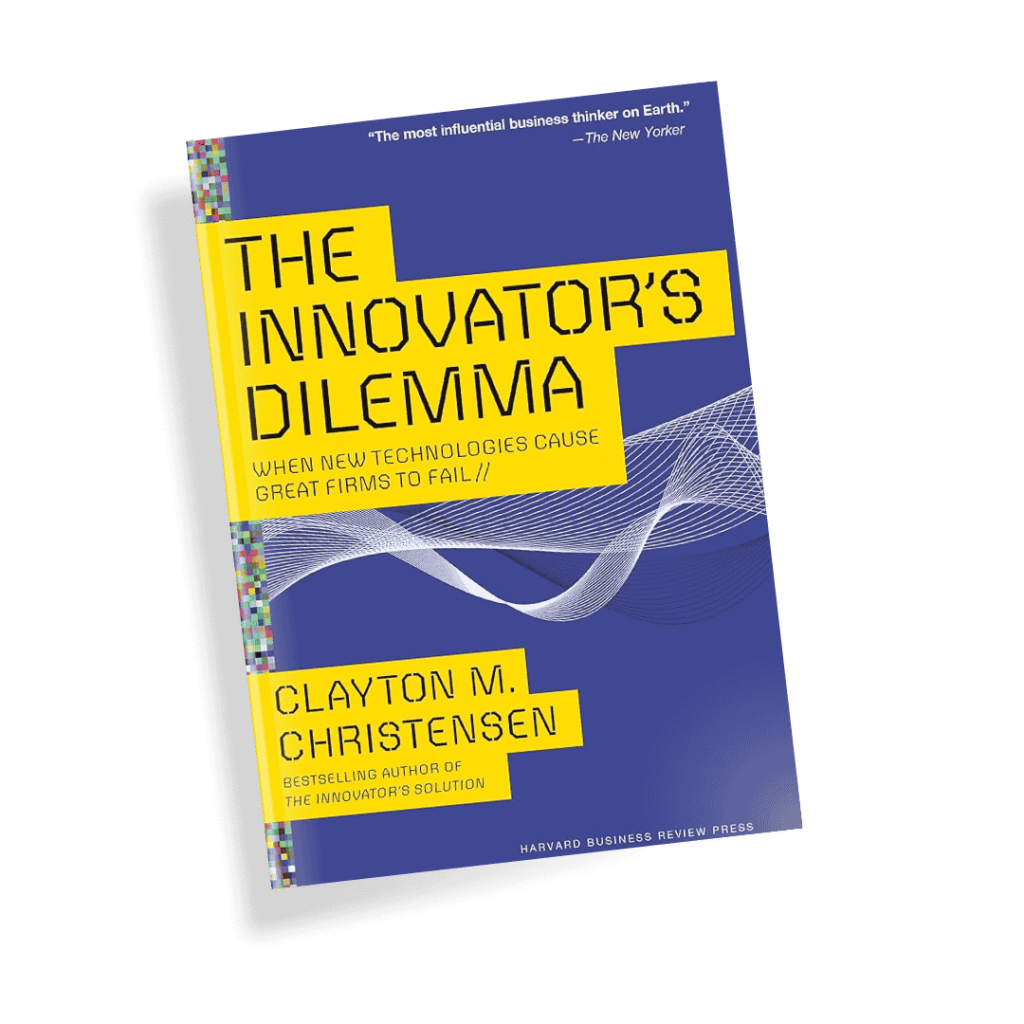
Disruption is not a technology problem—it’s a marketing problem.
Clayton M. Christensen
9 Key Takeaways from the Book
Distinguish Between Disruptive and Sustaining Technology
Christensen differentiates disruptive technologies, which create new markets or transform existing ones, from sustaining technologies, which improve existing products. Understanding this difference helps businesses adapt to technological change.
View Disruption as a Market Challenge
Disruption isn’t purely technical; it’s a challenge of market adaptation. Companies that see disruption as a marketing issue are better equipped to evolve with their customers rather than being overtaken by innovation.
Resources, Processes, and Values Define Capabilities
A company’s resources, processes, and values (RPV) determine how well it can adapt. Companies locked into outdated RPV struggle to pivot, making them vulnerable to disruptive startups targeting new market needs.
Established Firms Struggle with Disruption
Market leaders excel at sustaining innovations but often miss the mark with disruptive innovations. Their focus on existing customers and high-profit margins prevents them from exploring low-margin, high-risk disruptions.
Serve New Markets through Independent Subsidiaries
Large companies facing disruption should consider establishing separate subsidiaries. These offshoots can operate with new processes and values, focusing solely on disruptive innovation without being held back by the parent company’s legacy culture.
Embrace Low-End Disruption
Disruptive innovations often begin as lower-quality alternatives. By entering at the low end of the market, these technologies improve gradually until they meet mainstream needs, overtaking established players in the process.
Beware of the Innovator’s Dilemma
The dilemma occurs when leaders choose between sustaining profitable products and investing in uncertain innovations. Companies that fail to manage this trade-off risk stagnation or failure as markets evolve.
Think Long-Term, Not Short-Term Gains
Focusing solely on short-term profits often blinds companies to the need for disruptive change. Christensen advises shifting focus toward sustainable, long-term growth by embracing disruptive technologies early on.
Prepare for Constant Change
The pace of technological evolution means disruption is inevitable. Successful companies must stay adaptable, fostering a culture of continuous innovation and willingness to enter uncharted markets.
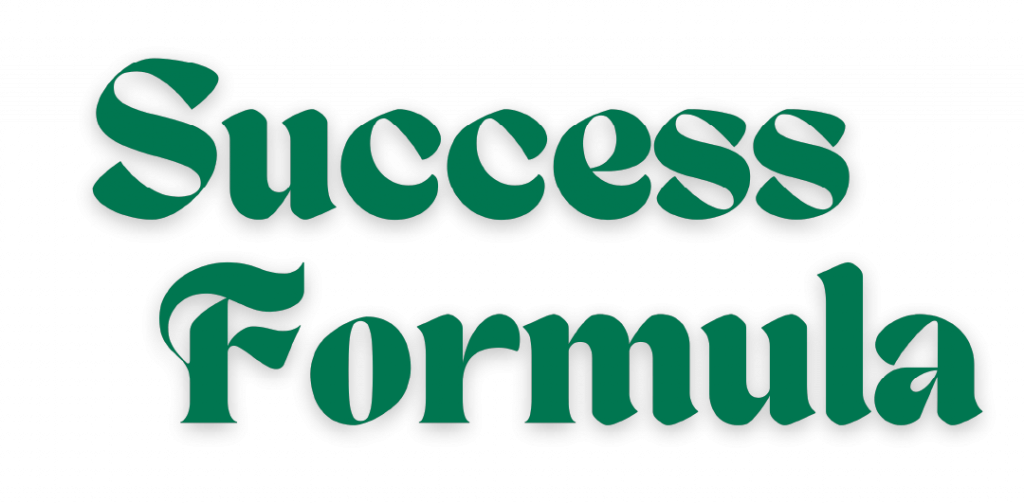
Adaptability = Market Insight + Independent Innovation + Long-Term Vision
To succeed in a disruptive market, treat innovation as a marketing challenge, set up independent teams for fresh thinking, and focus on the future over immediate profits.
– Coach Ramesh S
The innovator’s dilemma is not about technology; it’s about understanding and capturing new markets
- Clayton M. Christensen
Summary Note
The Innovator’s Dilemma by Clayton M. Christensen explains why large companies struggle with disruptive technologies and how they can adapt by fostering independent innovation. By understanding the dynamics of disruption and focusing on emerging markets, businesses can remain competitive and resilient.
Explore More

For More Details
Ready to elevate your business? Our tailored coaching programs help entrepreneurs unlock their potential and achieve sustainable growth. Start with a free strategy session to discover your roadmap to success!
